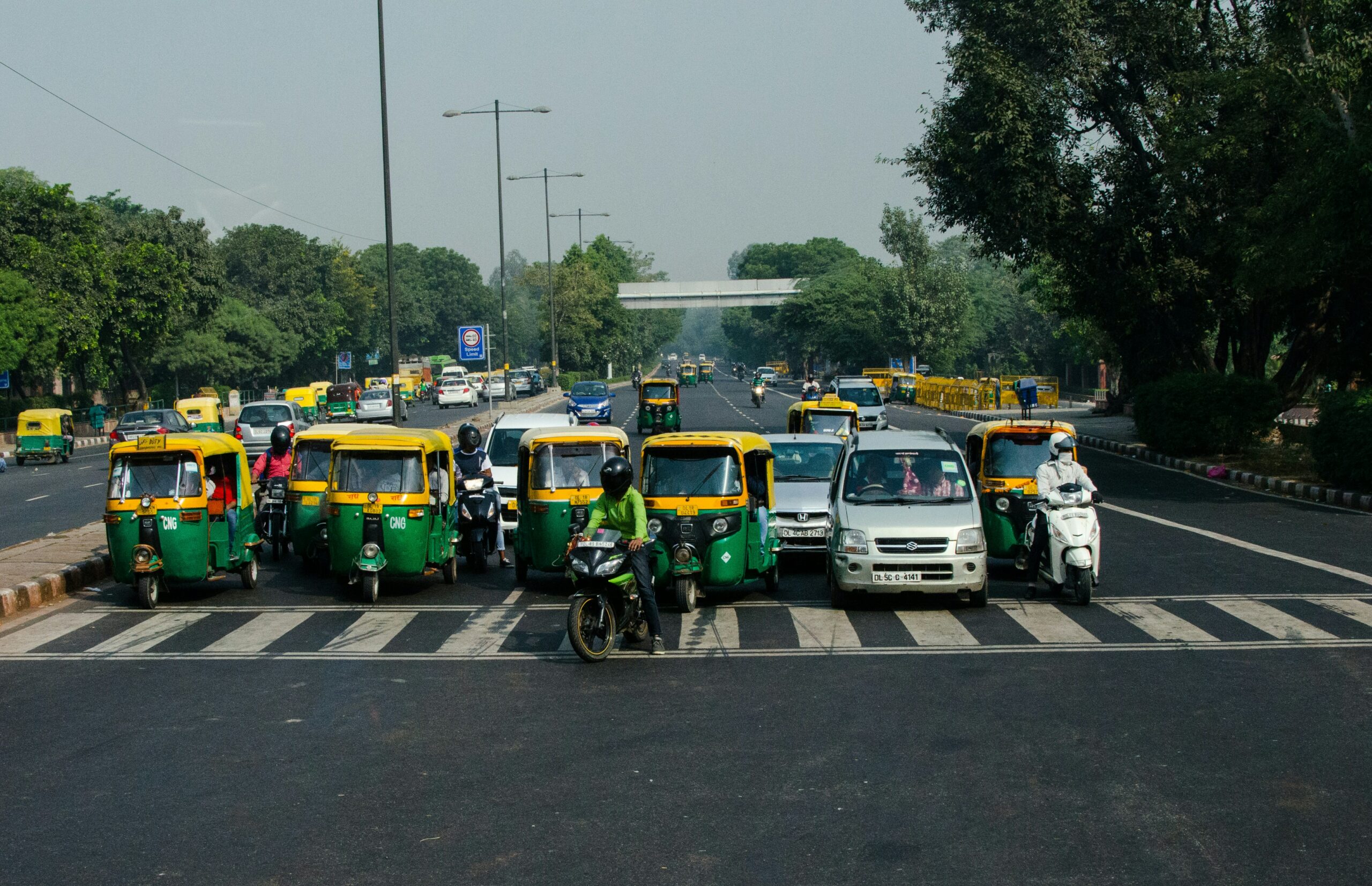In the busy and often bustling streets of India, the sound of cars and buses honking is a constant variable that can be guaranteed to remain the same anytime you travel. To those who are arriving for the first time to India it can be often thought of as over-stimulating, and a mixture of chaos and disturbance, however even within the relentless noise, there is purpose. I may even dare to go a step further and say that it is a lifesaver in the most literal sense possible.
There is a concept of “defensive driving” and “each to their own” that takes form in India. The honk here acts as a form of communication and as a warning (if your vehicle is one of the larger ones on the streets like a bus or lorry), or as an announcement of your location in a blind spot, and honestly very rarely in ager at a pedestrian or another driver. It is a practice that might as well be added to the driving test you have to pass to get a license in India – the ability to communicate using just a honk. Here lies another issue often seen on the streets of India. The way that people can obtain licenses are not always the most purest of methods, and hence you end up with a small proportion of under-qualified drivers on the roads of India, endangering many around them as they speed along highways on their KTM bikes.
For the pedestrians, a honk is taken as a beacon of awareness, which urges them to aware of their surroundings. For drivers, it’s an essential part of navigation as well, pretty much as essential as the steering wheel or brakes are to a functioning car or bike. The honk can announce a vehicle’s approach around a blind curve, signal a pass in a narrow lane, and often it’s a friendly reminder to the vehicle ahead that it’s safe to proceed.
The honk is also a cultural expression, reflecting the “Jugaar” attitude, where resource utilisation has to be maximised in almost all the cases – the narrow roads, and dark alleyways without street lights. It represents the ability to negotiate space and coexist in conditions that might seem overwhelming. Especially as India is one of the most densely populated countries in the world. It’s a testament to the adaptability and alertness that Indian roads demand any driver that dares to join the game.
However, this constant honking does come with its indirect downsides. Noise pollution is a serious concern in Indian cities, contributing to stress and hearing loss. Efforts are being made to curb unnecessary honking, with ‘No Honking’ zones and campaigns promoting quieter, more peaceful roads.
In conclusion, the ‘meaningless’ honk in India is anything but. It’s a tool of survival in the country’s unique driving landscape. As India moves towards a future of better infrastructure and driving etiquette, the honk’s role may evolve, but its ingrained into the DNA of any driver who takes to the Indian Roads.

No responses yet